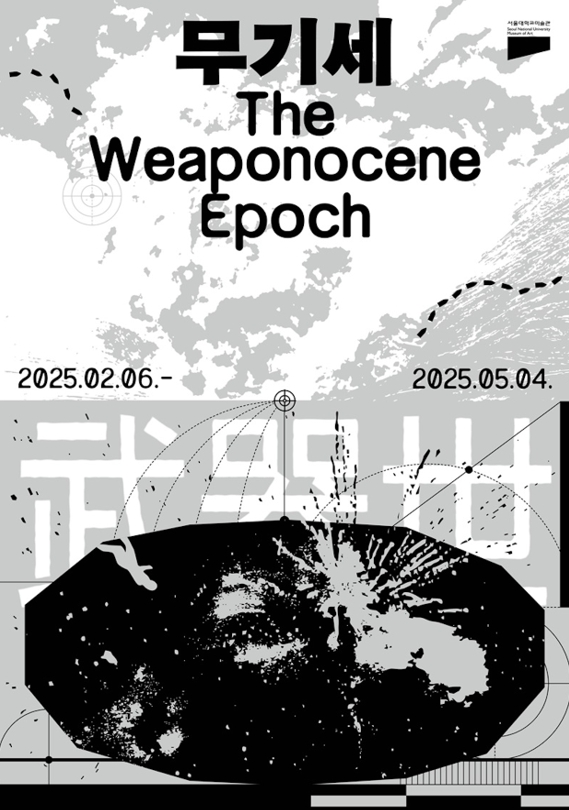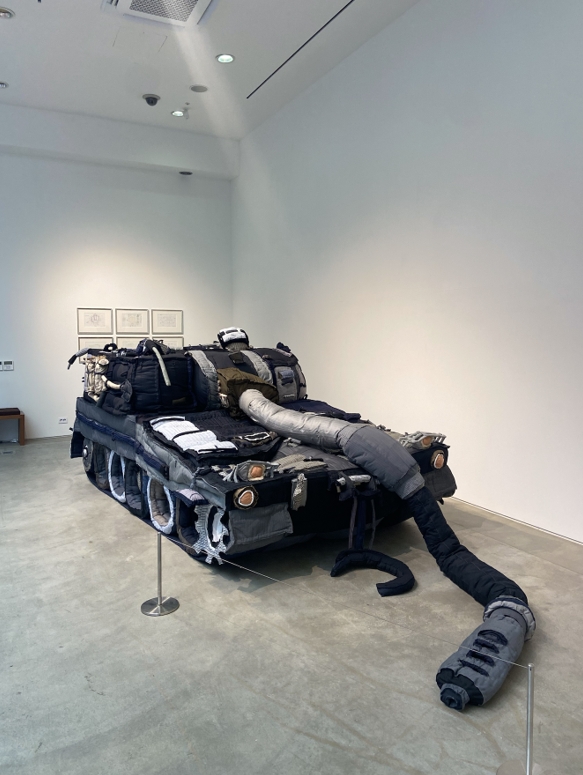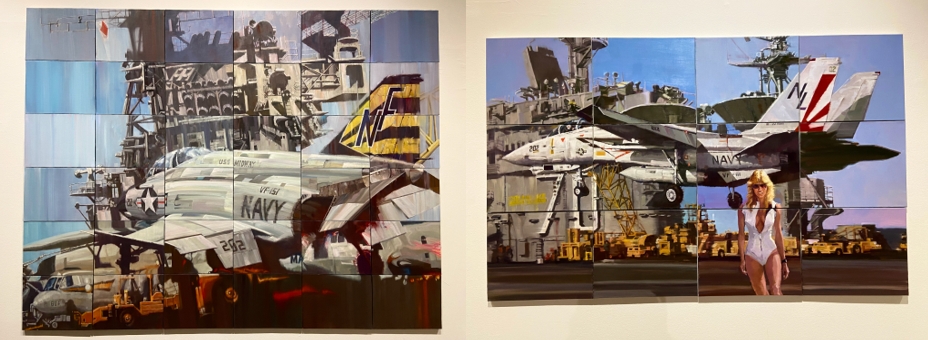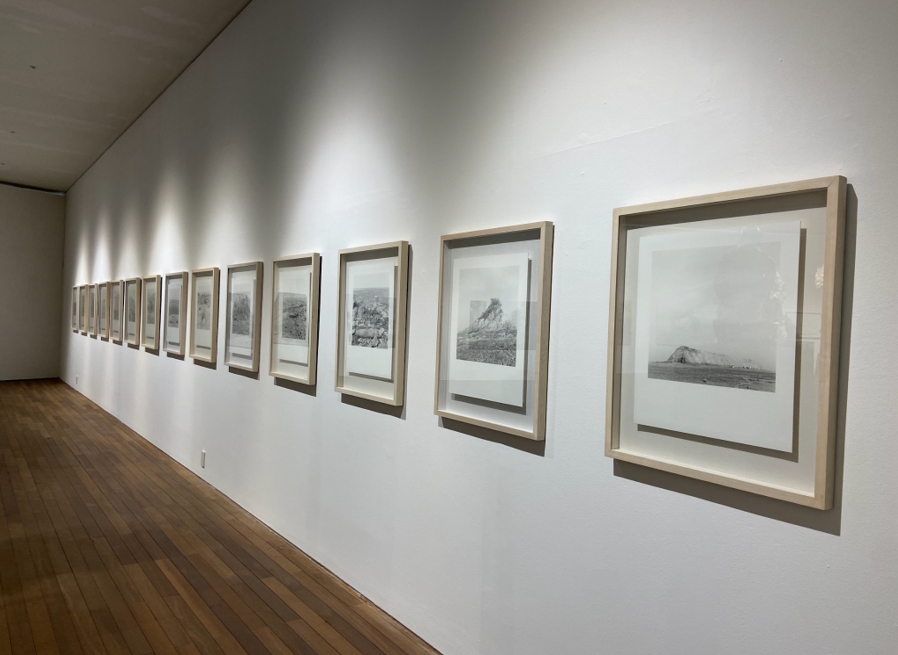Contemporary Art in the Shadow of the Weaponocene
In an era of relentless capitalistic growth, humanity is more than willing to ravage the Earth beyond recognition—all to keep the wheels of industry turning. A defining feature of this global expansion is the ceaseless pursuit of wealth through militarism, corrupting every societal domain: politics, science, education, media and entertainment. Therefore, as laid out by The Weaponocene Epoch’s curatorial statement, without a profound shift in the course of events, Anthropocene extinction is not a matter of “if” but of “when.”
Reflecting the prevailing paradigm, contemporary art has too readily embraced the belief in the necessity of bearing arms in today’s world. The violence and destruction caused by weapons are viewed as necessary evils rather than preventable tragedies. Thus, The Weaponocene Epoch seeks to challenge this notion, exploring the corrosive effects of arms production, defense industries, and warfare, not only on the environment but on the very essence of humanity and its future. The artworks of this exhibition, showcased at the Seoul National University Museum of Art (SNUMoA), radically redefine the stance that art takes in this age of rampant militarism. Many also explore the metaphorical dimension of arms and their inconspicuous presence in our day-to-day lives.
The Weaponocene Epoch is divided into the following three sections: “Weaponized Everyday Life,” “Weapon as Spectacle,” and “The Weaponocene, A Familiar Future.”

The Poster for the The Weaponocene Epoch
“Weaponized Everyday Life”
Hur Boree is one of the artists spotlighted at the beginning of the exhibition. At first glance, her installation pieces appear merely to be precise replicas of artillery. A closer look, however, reveals another layer to her vision. Hur stuffs and stitches together suits, neckties, and dress shirts—elements of traditional office attire—to construct weapons of warfare; the symbolic aggression of weaponry is juxtaposed with the pillowy softness of the materials. Through achieving this effect, a parallel is drawn between the ferocity of the modern “rat race”—a true survival of the fittest—and the ruthless nature of battle. By visualizing the oppressive systems of capitalism that entrap us, Soft K9 and Useless but Necessary M2 Machine Gun expose the violence inherent in these ordinary societal structures.

Soft K9 by Hur Boree
Kang Hong-Goo employs a mixed-media approach to his art, blending techniques such as photography, painting, and collage work. Scattering combat vessels across mundane stills, Kang’s work captures the constant threats of violence and war woven into the fabric of our every day. The coexistence of fighter jets and warships with natural landscapes serves as a poignant reminder of Korea’s unique position as a divided nation in conflict.

Uninhabited Island series by Kang Hong-Goo
“Weapon as Spectacle”
The bold strokes of Kwon Ki Dong’s oil paintings capture the spectacle and grandeur reminiscent of scenes from Hollywood blockbusters. His showy compositions undeniably valorize a nation’s military prowess. The barbarity of war is replaced in people’s minds by the bravado of American exceptionalism, as illustrated by Busan-USS Midway and Busan-USS Carl Vinson. Hence, this overwhelming cultural emphasis on cutting-edge technology and capital raises critical questions about the future of human sensibilities.

Busan-USS Midway (left) and Busan-USS Carl Vinson (right) by Kwon Ki Dong
“The Weaponocene, A Familiar Future”
Following the armistice, the United States gained control of Maehyang-ri administrative area as a U.S. Air Force-only shooting range. The deafening noise of aircrafts and gunfire was a source of terror for local residents, who were stripped of their livelihoods and security for over 50 years. Kang Yong Suk’s black-and-white prints are a meticulous record of what remains when the dust settles after excessive military activity: barren wastelands, littered only by empty casings and rubble.

From Maehyang-ri by Kang Yong Suk
The Weaponocene Epoch is open until May 4. Visit the exhibition to witness a diversity of artistic responses to the global phenomenon of militarism and its far-reaching impact.
Written by Hee Seo Lee, SNU English Editor, heeseolee@snu.ac.kr

